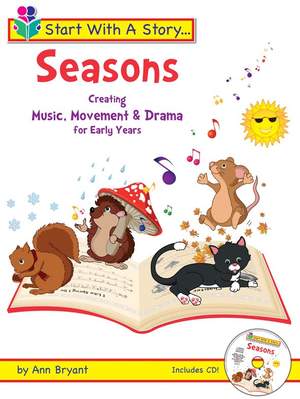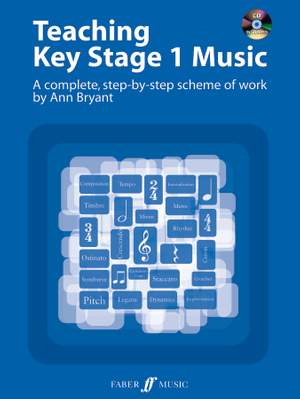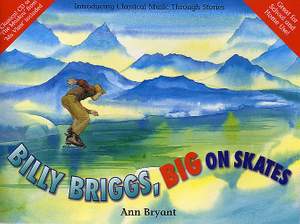Interview,
Ann Bryant on Instant Primary Music Lessons

What makes ‘Instant Primary Music Lessons’ primary school specific? How does it support the national plan for music and the model curriculum?

The national plan for music is very aspirational and wants every child to be inspired and to have a wonderful music education at primary school. That is great, but it is an idealistic thing. The model music curriculum tries to help with this, and it gives a lot of guidance, but it is like another language for some primary school teachers. They can find it overwhelming and are not sure how to use it. I’ve always tried to champion their cause because often it is just a lack of confidence. It is a huge thing to learn a whole subject and then try to teach it and work out a balanced course.
With Instant Primary Music Lessons the teacher can be learning whilst on the job. They can just enjoy the lessons and feel themselves becoming more and more of a facilitator as time goes on. It is a big confidence raiser and validator. I like to think specialist music teachers will use the book as well, for inspiration and as a time saver.
What kind of activities are included in the lessons?

Can you tell me more about the video lessons accessible with the book? How can teachers use these in their lessons?
The videos are instant, so teachers can watch them in advance, or they can simply press play in the lesson and I’m there doing the lesson. They have always got the book as a backup. The book contextualises everything so they can see what resources are needed for each lesson. Every lesson has a 'lesson at a glance' section, so the teacher can look through it and see what resources, if any, they need, or if they need space for movement for example. The book is a support tool for the videos, and there is also a lot of information in there. But not too much! I didn’t want to blind the teacher with science so I’ve only included interesting facts along with good musicianship aiding material.
What music is covered in the lessons?

Because I am an author, I love mixing music and words. Every single piece of classical music is introduced by a story that matches it. This means that something is going on all the way through the music; there is a picture on the screen, they can hear the music, and they can also hear my voice telling the story.
What happens at the end of the lessons?
At the end of every lesson, I have something called Music on Paper. Now the students have become more familiar with the music, they get the opportunity to listen to the music again with just a picture on the screen, and nothing else. I call it this because I want them to be able to create whatever they want on paper. I imagine the teacher could create a scrapbook for each child with their illustrations from each lesson.
I think that when children are listening to music the boredom can kick in. It is more difficult for them to listen to classical music; it hasn’t got the immediacy of pop music, it is longer, and it doesn’t necessarily have a discernible beat or a vocal line. So, when you don’t have the story, if you can have something to do at the same time as listening, that is very calming, putting you in the mood for listening. I only expect them to listen to a few minutes at a time – I think the longest piece included is the Bolero. Most of the pieces are about five minutes or less – so that is more palatable.
If you had to give one piece of advice to generalist teachers teaching music what would it be?
Try to create a background of silence on which to place your music lesson, as though you are entering a conspiracy with the children. Let them feel that this is something different, it isn’t geography or history. Just about every single music lesson is whole class, with few occasions when you split into groups. And if you can have that feeling of a conspiracy, the listening is heightened so much. Listening skills are at the very heart of everything. Get the silence ready before you start.
I would also say, do not be afraid to repeat and repeat and repeat. If you find one lesson you like, keep doing that, you will be developing your skills yourself, which in turn gives you confidence. Future lessons will begin to make much more sense. You will still be getting an awful lot out of it. Just don’t worry, whatever you do, it’s going to be great!








